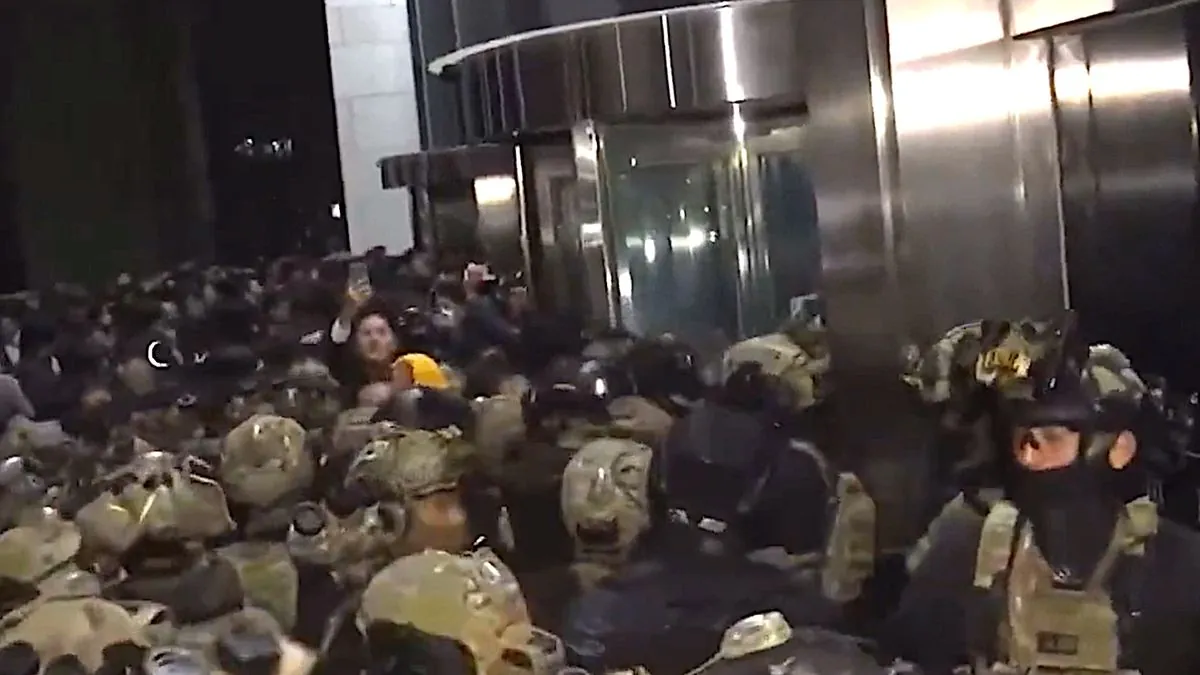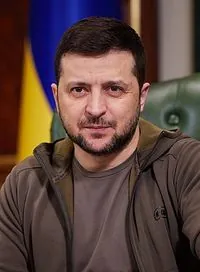
Islamic State-linked group targets remote Congo village in deadly raid

US risks future AI dominance by putting all eggs in one basket
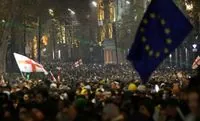
Georgia's streets fill up as government hits pause on European dreams
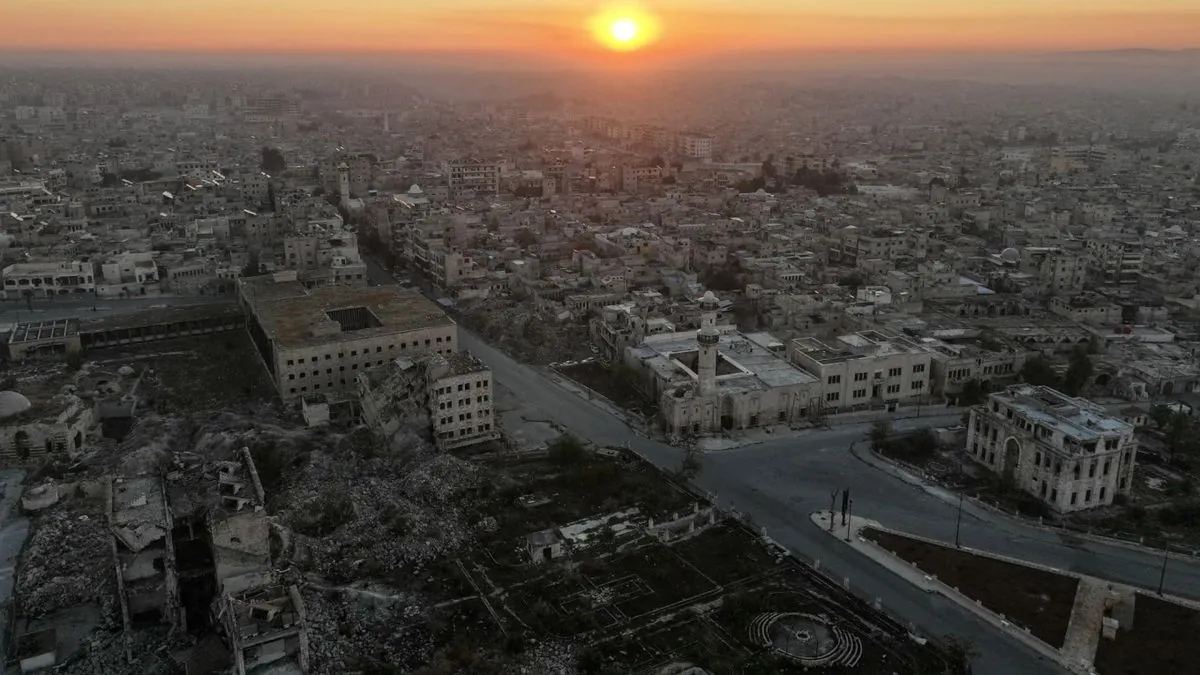
Syrian military and rebels clash over key city control in fresh wave of fighting
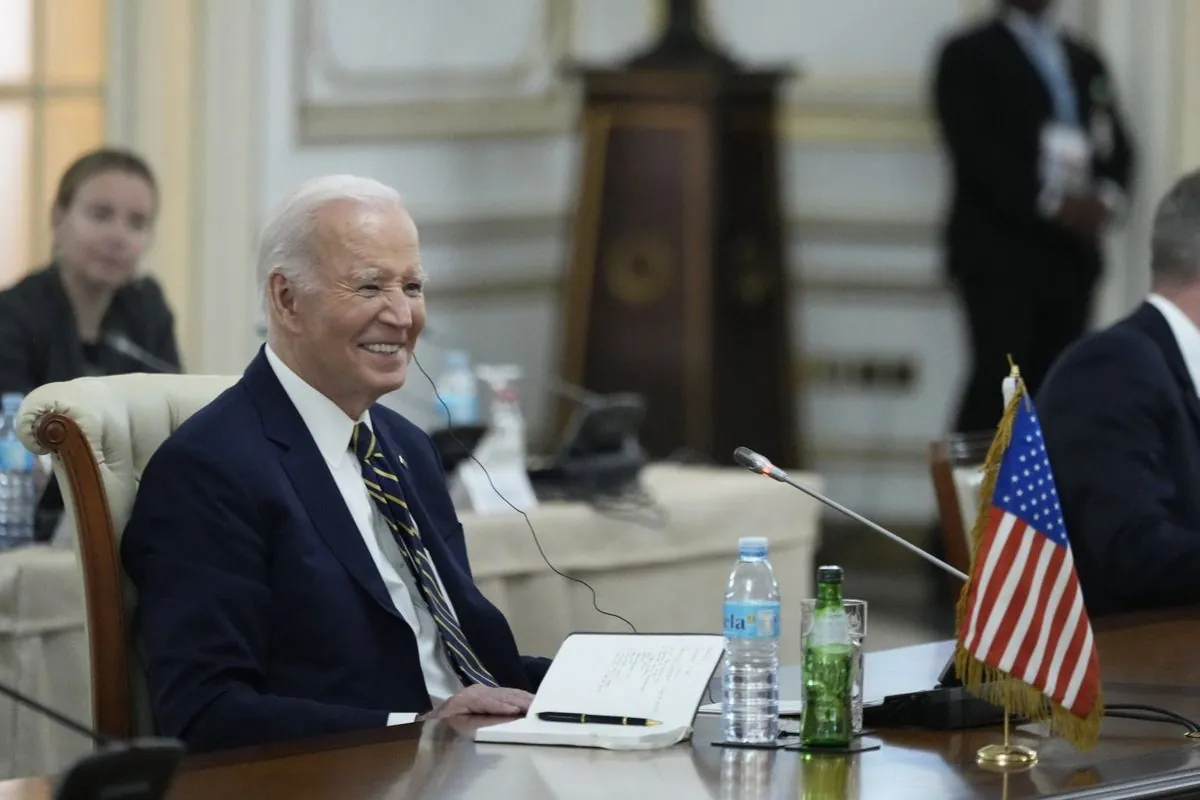
Biden makes history in Angola while African nations face turning points

Norway's giant wealth fund drops Israeli telecom over West Bank connections
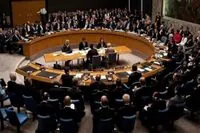
UN meeting turns heated as Russia and US trade accusations over Syria crisis

South Korean president makes unexpected move while tourists enjoy Seoul sights

Montana lawmakers make unexpected choice about Capitol bathroom rules

South Korean leader's sudden martial law move puts his presidency at risk

India's growth numbers make economists scratch their heads - what's next?

South Korean democracy passes unexpected test as martial law attempt fails

Trump's win shifts peace talk dynamics in Ukraine-Russia conflict
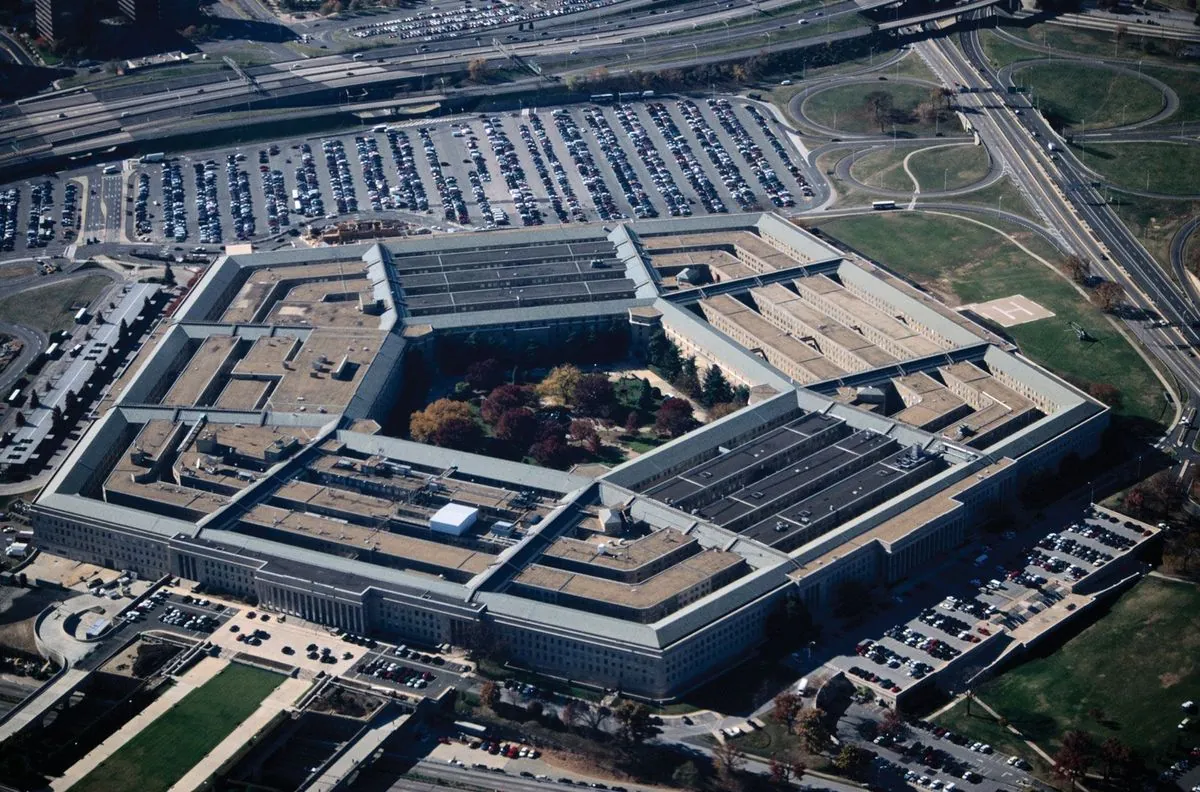
Trump might swap Pentagon pick as nomination hits unexpected roadblock
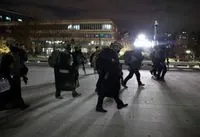
South Korean democracy tested: President's overnight military control shocks nation

South Korean leader's sudden martial law move leads to global diplomatic freeze

Philippine VP gets hit with new legal challenge from activist groups
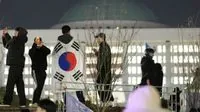
South Korean leader's power hangs by thread as parliament prepares major vote

Zelenskiy requests urgent support as Russia gains ground in east Ukraine
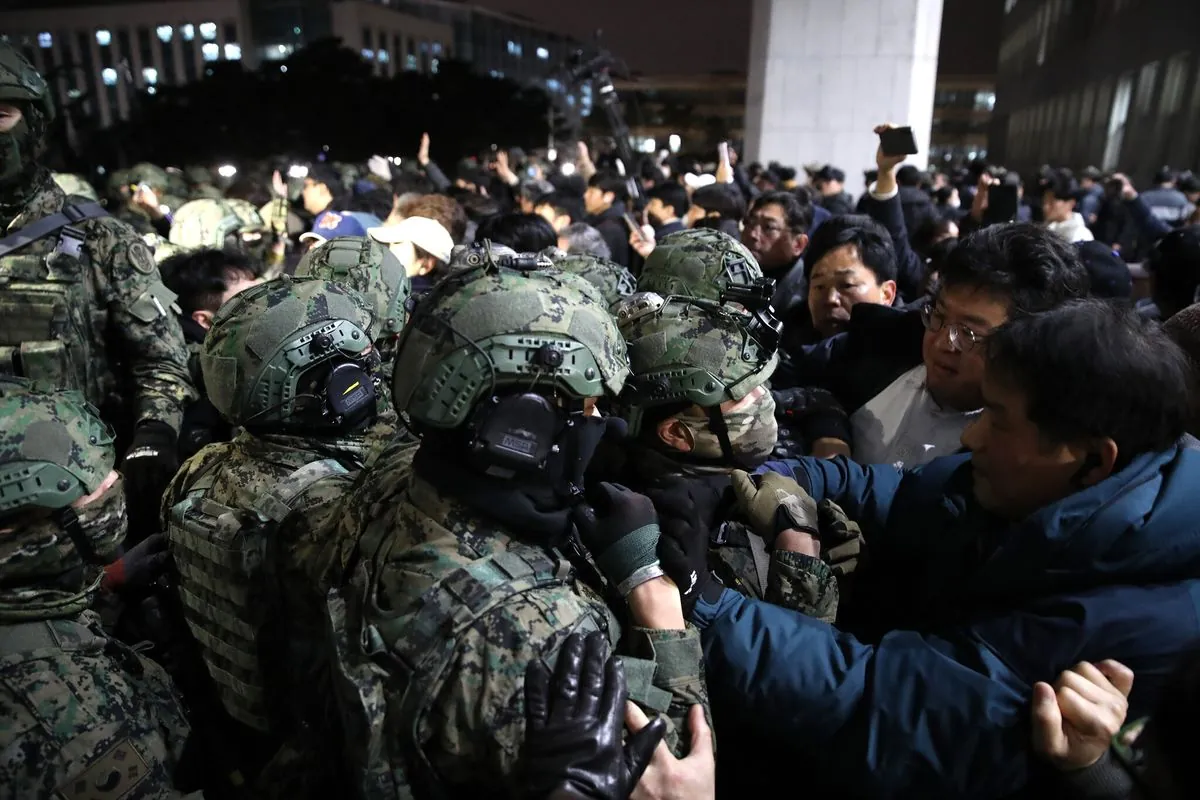
South Korean parliament sees unexpected military deployment as crisis unfolds

Inside look: Trump team's unexpected ideas for Ukraine-Russia peace deal

Most confusing names of 2024: Public speakers keep getting these wrong

Trump's DEA pick steps down just days after nomination announcement
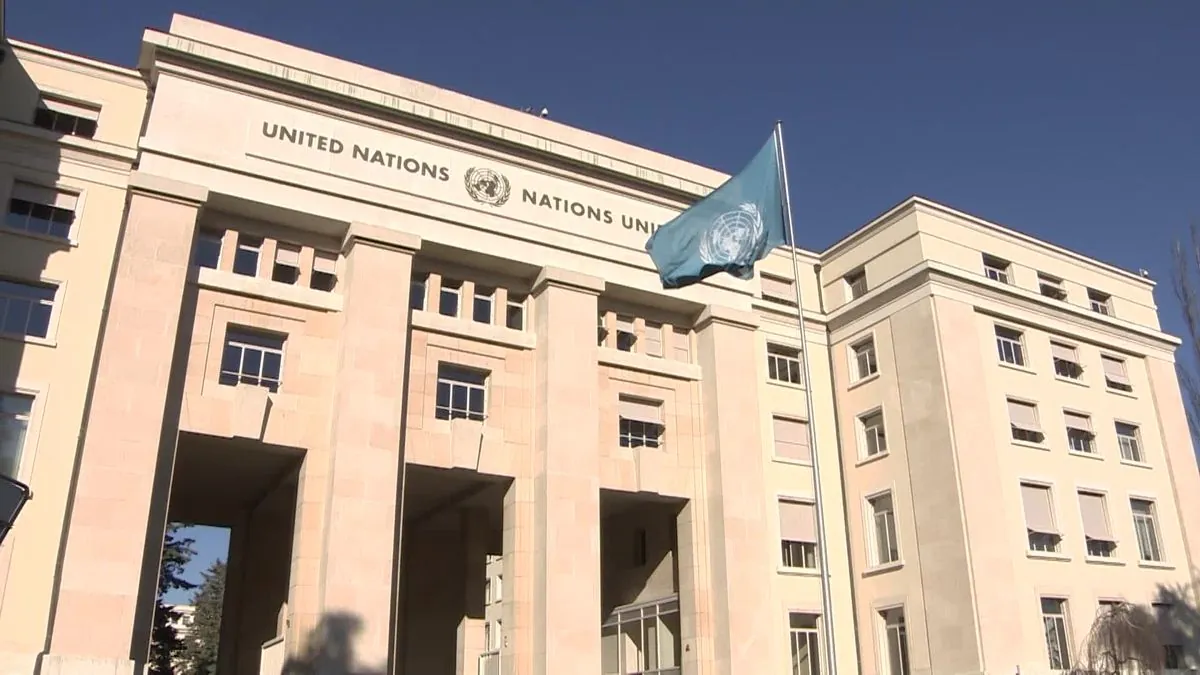
New UN aid chief plans strict budget control in world's crisis zones

Syrian commander's path from shadows to capturing biggest city

Hidden crisis: Why nobody talks about Sudan's devastating internal conflict
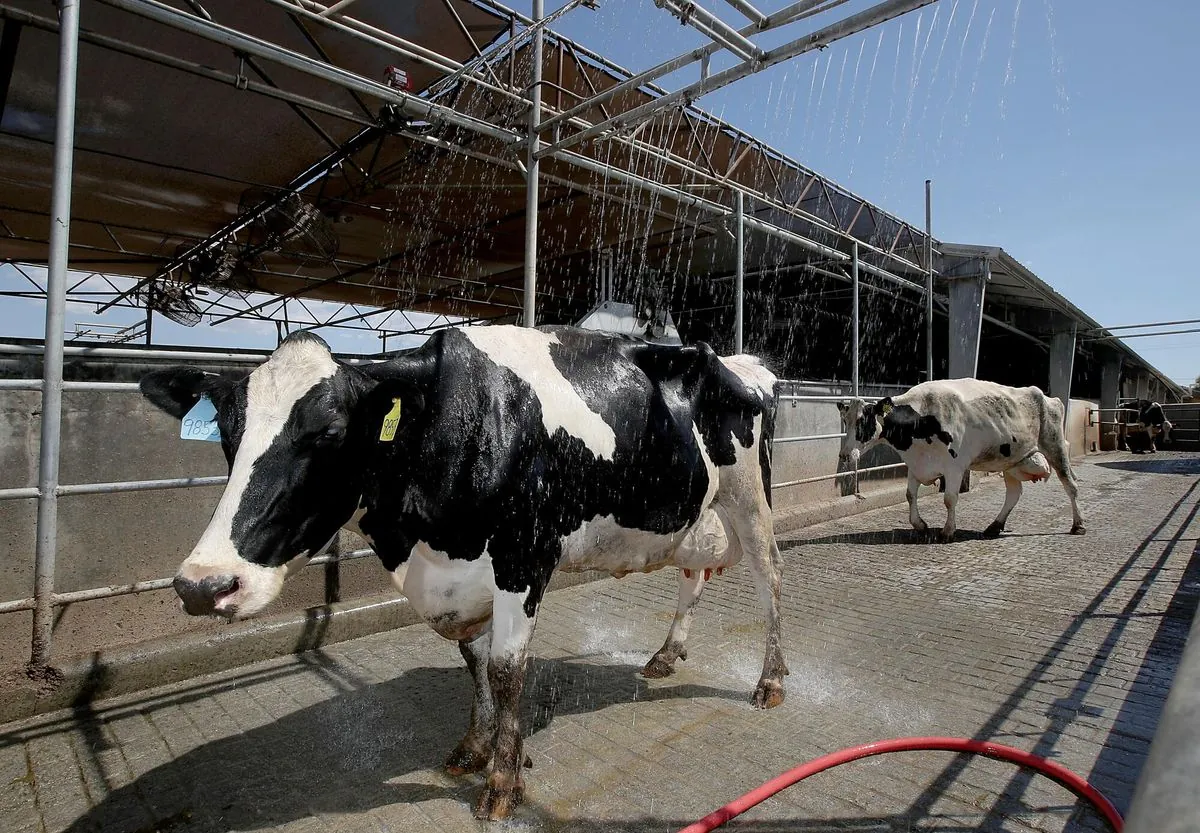
Raw milk giant stops sales as bird flu hits California dairy industry
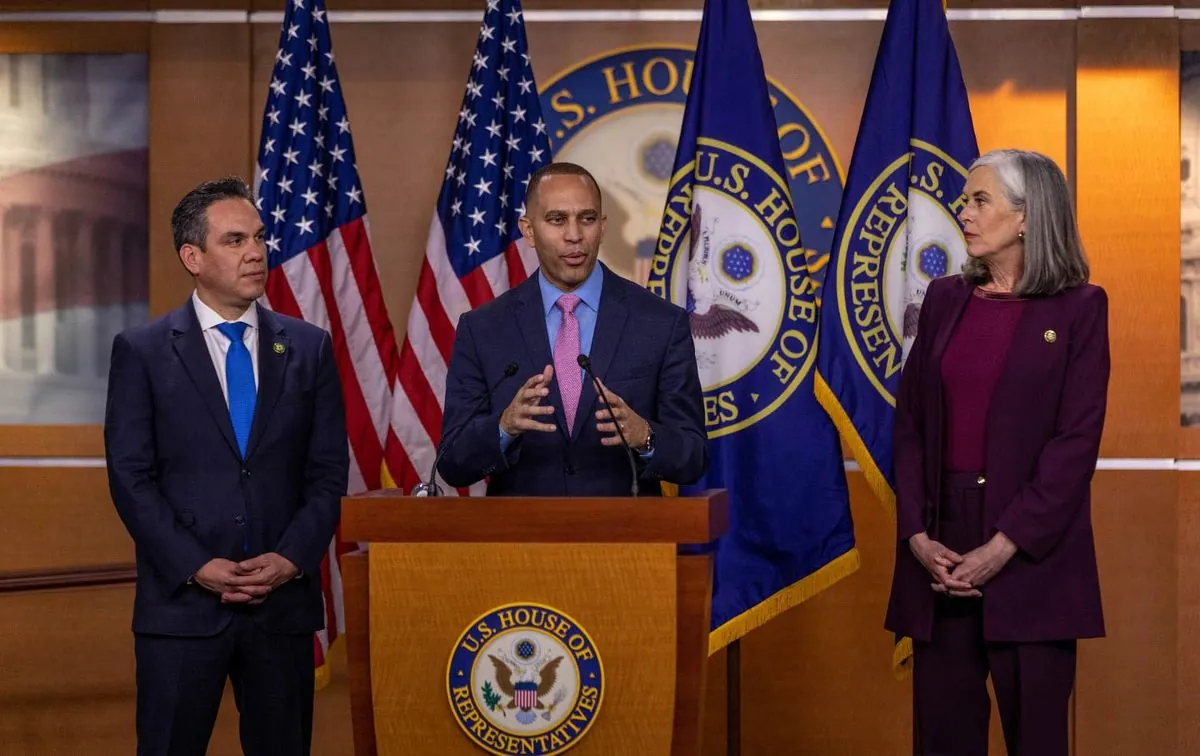
Top House Democrat wants Biden to give more pardons after Hunter case
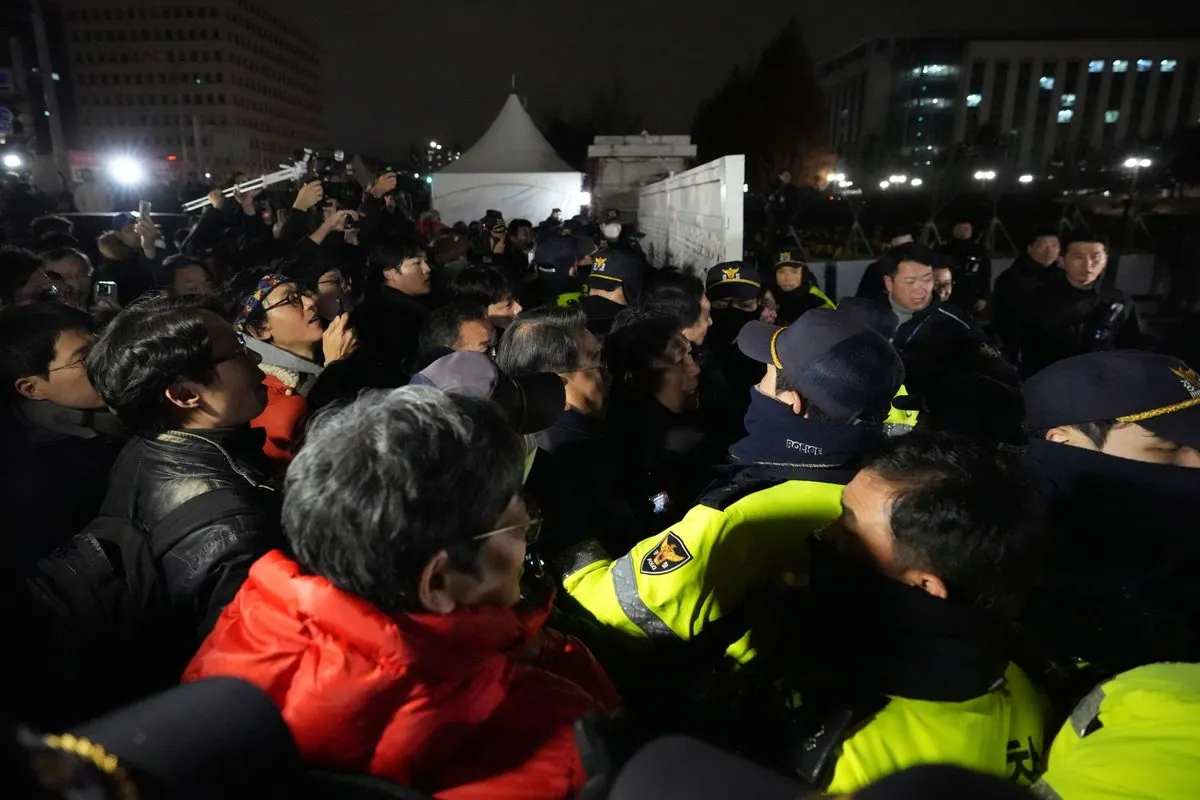
South Korean president's sudden martial law move leads to major political turmoil

Trump heads to Paris: Notre-Dame Cathedral reopening draws unexpected visitor

East Congo peace deal shakes as fresh clashes break regional quiet

Namibia makes history: Meet the groundbreaking winner of presidential race

New tax rule threatens East Coast's renewable diesel import system

South Korean leader's quick u-turn leaves Washington thinking what's next
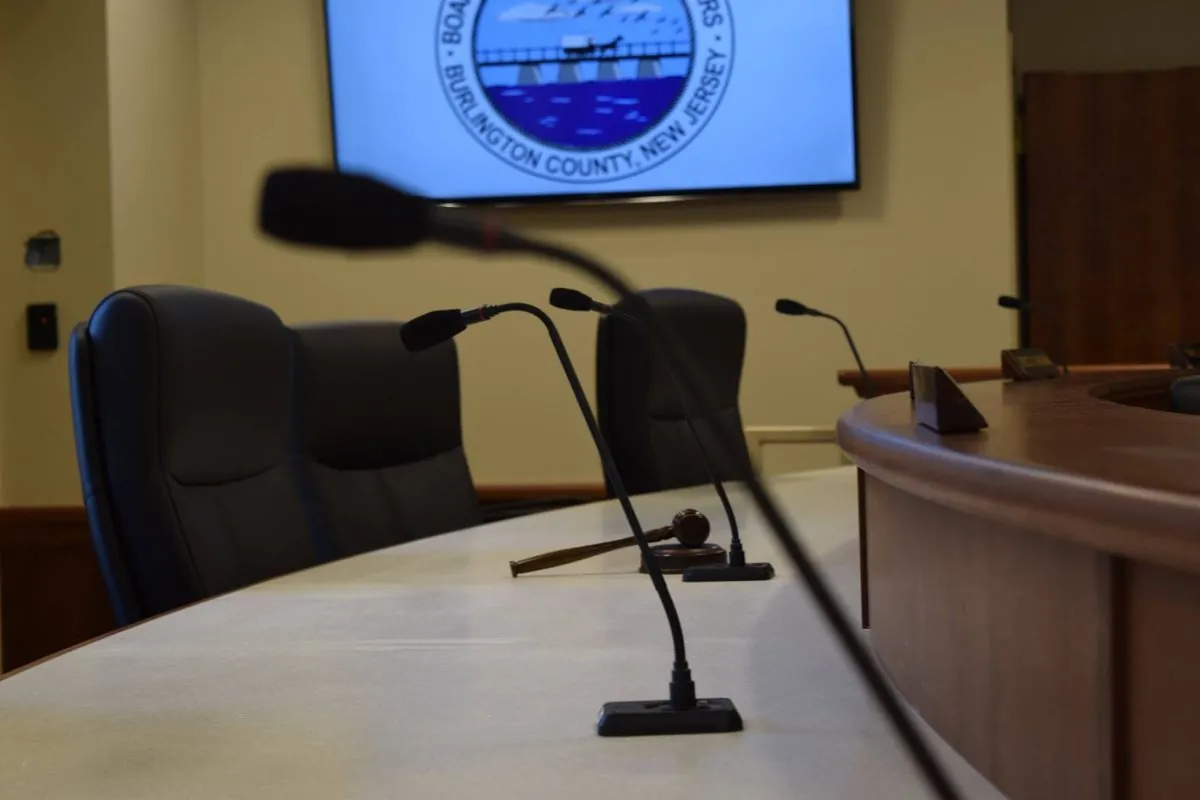
New Jersey town's strict meeting rules spark heated debate over free speech
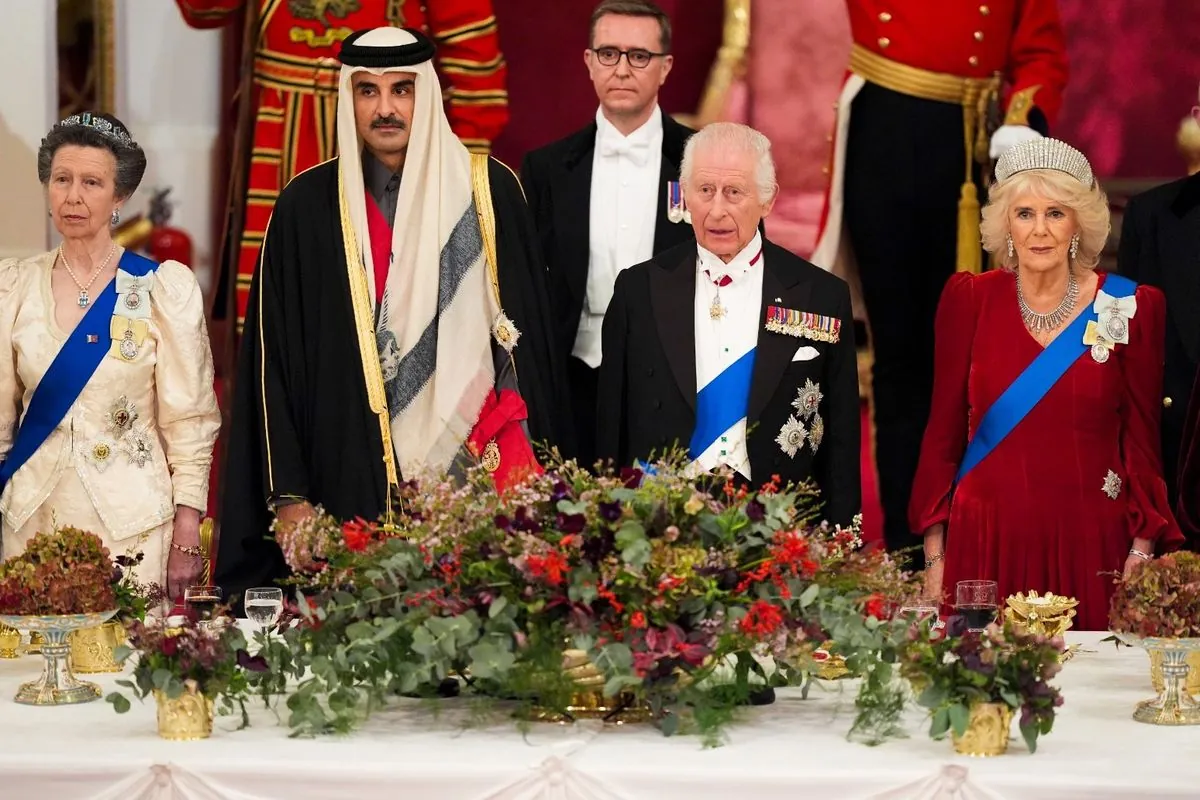
Royal welcome: Middle East leader brings billion-dollar hopes to London streets

Florida sheriff turns down top DEA role offered by Trump

Trump sets January deadline for Gaza hostages, promising unprecedented action
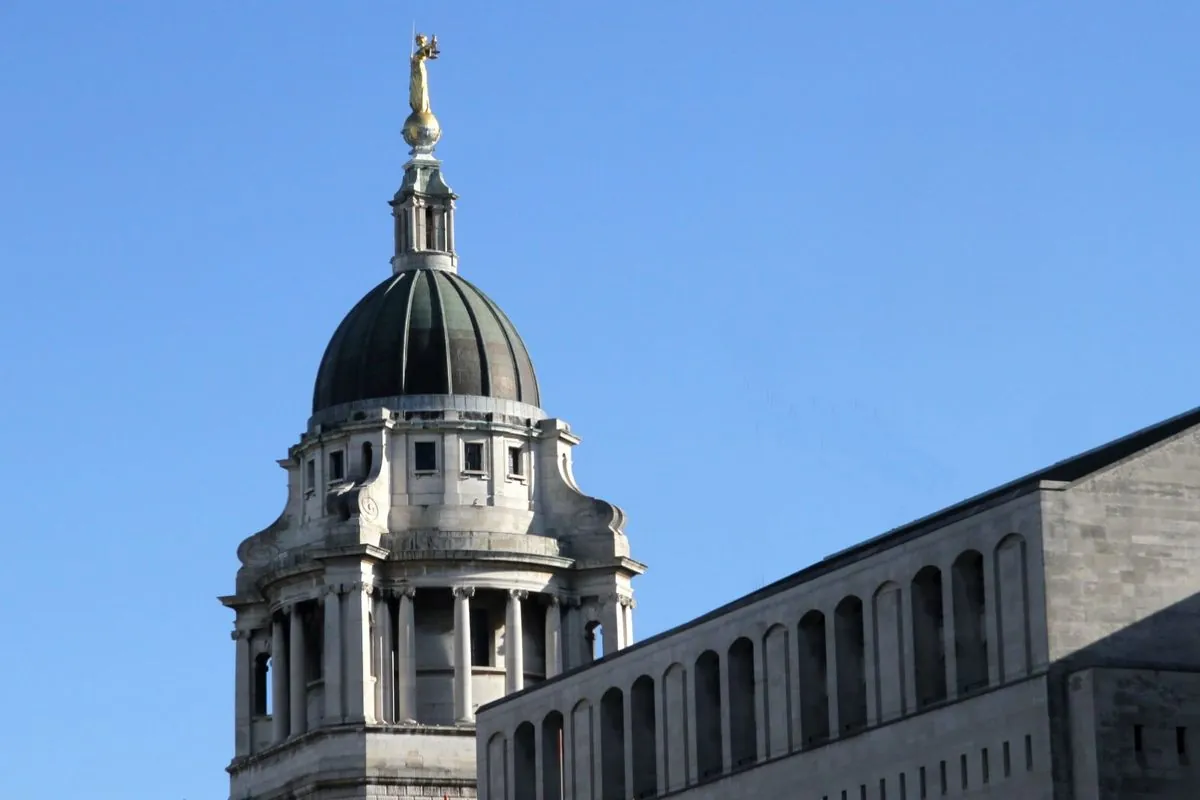
Three Bulgarians face court over secret military base tracking scheme in Germany
